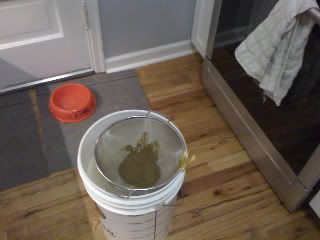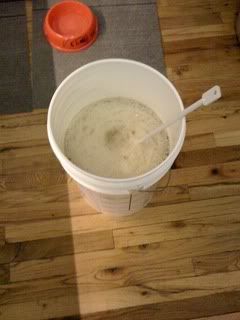Big_Belgian
Well-Known Member
I've done 4 extract brews and love my new hobby. I'm lucky to live in Milwaukee where we have an excellent resource with the Northern Brewer retail store about 10 minutes away from my house. I enjoy the bigger gravity beers and am thinking about doing some lagers, and one topic that has interested me lately is aeration. Currently, I use the "shake the bejeesus out of it" method (cooled wort in carboy, before pitching), which is what all my friends do. One very experienced homebrewer I know, who makes excellent all grain brews, says he has an aerator but never uses it anymore - got tired of having one more thing to clean, always running to the hardware store for more oxygen tanks, etc.
So my question - how many of you use these things and do you recommend it for someone like me, just starting out?
This is what I would buy: http://www.northernbrewer.com/brewing/marketing-categories/landing2/aeration-system.html
Thanks!!
(edit: I realize what I am talking about above is oxegenation, not technically "aeration". I'm interested in opinions and suggestions on the topic generally - shaking, aerating, pumping oxegen and other gadgets.)
thanks again
So my question - how many of you use these things and do you recommend it for someone like me, just starting out?
This is what I would buy: http://www.northernbrewer.com/brewing/marketing-categories/landing2/aeration-system.html
Thanks!!
(edit: I realize what I am talking about above is oxegenation, not technically "aeration". I'm interested in opinions and suggestions on the topic generally - shaking, aerating, pumping oxegen and other gadgets.)
thanks again




